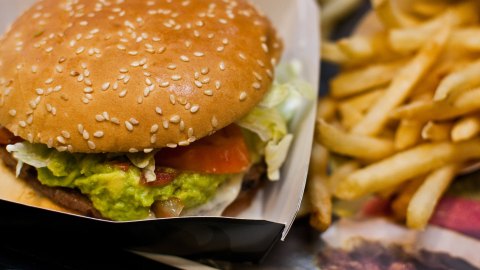Fast-Food Ban in L.A. Fails to Curb Obesity

The obesity epidemic isn’t just one problem; it’s a multitude of issues in health education and food available that have manifested themselves in the growing waistlines of the American population. The RAND Corporation, a nonprofit research group, has seen first-hand that eliminating one aspect of the problem does not stop an issue from growing. Exhibit A: A Los Angeles ordinance passed in 2008, designed to curb the obesity epidemic from growing in low-income areas has done nothing to curb the weight gain in those locations.
Roland Sturm, lead author of the study, said in a press release:
“The South Los Angeles fast-food ban may have symbolic value, but it has had no measurable impact in improving diets or reducing obesity. This should not come as a surprise: Most food outlets in the area are small food stores or small restaurants with limited seating that are not affected by the policy.”
While the opportunity to open any standalone fast-food restaurants or renovate existing ones had been denied from the LA area, the city may have neglected to consider the small storefronts, convenience stores packed with food of little nutritious value.
The researchers examined data collected from the California Health Interview Survey in order to observe weight trends across the city from 2007 to 2012. They found that regardless of the ordinance, fast-food consumption and the rate of obesity had increased in that span of time. But consumption of soft drinks had gone down.
This insight shows that the obesity epidemic is a beast with many heads — cut off one and there are still others to contend with. Cities and policymakers have the task of addressing issues in health education, poverty, and accessibility of healthy foods in low-income areas.
Read more about the study at EurekAlert!.
Photo Credit: Joey/Flickr





